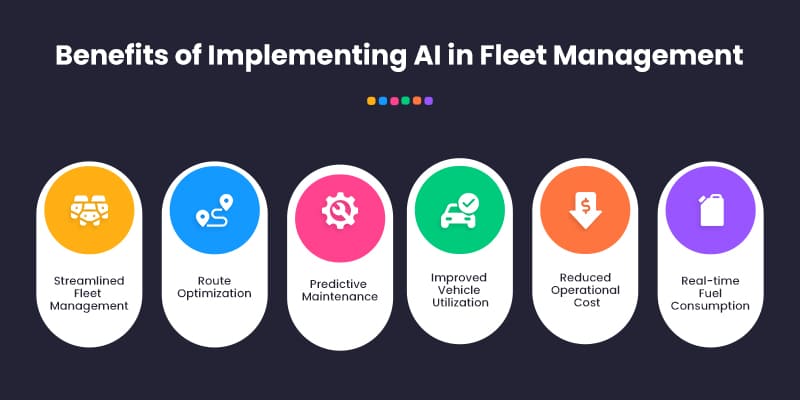Reflecting on the dynamic shifts in the logistics and supply chain industry during 2023, business leaders are gearing up for the challenges and opportunities that 2024 holds. From global production adjustments to the increased fusion of Artificial Intelligence (AI) and the Internet of Things (IoT), the industry stands on the brink of transformative changes. Let’s delve into pivotal insights that offer guidance for leaders navigating the intricacies of the physical economy.
Insights
-
Eastward Shift in Freight Flows: An analysis of freight flows reveals a discernible decline in volume from West Coast ports, signaling a shift towards the East Coast. Adapting to this evolving pattern becomes imperative for businesses in the upcoming year. Notably, the latter half of 2023 witnessed a robust return in East Coast ports, mirroring trends seen in inventory imports.
-
Mexico’s Rising Importance: The trend of diversifying production away from China is set to intensify in 2024, emphasizing both offshoring and onshoring strategies. Mexico emerges as a focal point for companies seeking a production hub, driven by a rising demand for locally manufactured goods and a strategic reconfiguration of supply chains in response to pandemic-related disruptions and international tensions.
Role of AI in Fleet and Logistics
-
AI Addressing Security Challenges: The persistent increase in freight theft, with a 59% YoY rise across the United States and Canada, necessitates innovative solutions. AI-powered asset tracking takes center stage, providing continuous visibility and monitoring to counter theft during transit, especially as tactics like strategic cargo theft see a staggering 430% increase.
-
Deeper Integration of AI and IoT: The intersection of AI and IoT becomes increasingly pivotal for the physical economy as hardware costs decline and computer vision models advance. In 2024, AI adoption is set to accelerate, addressing challenges such as labor shortages, amplifying visibility, and enhancing road safety. From monitoring cargo to identifying unsafe conditions around vehicles and implementing facial recognition for on-site workers, AI plays a critical role in managing physical operations.
-
AI Benchmarking Emerges: Despite initial costs associated with AI investments, businesses recognize the long-term value and cost-effectiveness of AI-powered technologies. In 2024, AI benchmarking takes center stage, distinguishing between the quality and performance of various AI technologies. This shift is particularly crucial in industries where worker safety and public well-being are paramount, ensuring real value and accuracy in AI implementations.
-
Incremental Progress in Autonomous Technology: While fully autonomous vehicles may remain a decade away, AI technologies such as Computer Vision and Generative AI are already enhancing safety. In 2024, a shift towards AI as a copilot is anticipated, demonstrating tangible impacts. Some autonomous startups may face closure due to technological, risk, and regulatory barriers, while current AI camera solutions showcase real-world effectiveness.

Conclusion
As we embark on 2024, these insights serve as a valuable guide for operations within the logistics and supply chain industry. By remaining attuned to evolving trends, businesses can position themselves to leverage opportunities and effectively navigate challenges in the ever-changing logistics landscape. At Truckoom we are always looking to adopt new trends and innovations to further assist our user to get a seamless fleet management experience whether it be by implementing AI through EagleAI available in Tracks by Truckoom and much more.
To Learn more head over to truckoom.com




